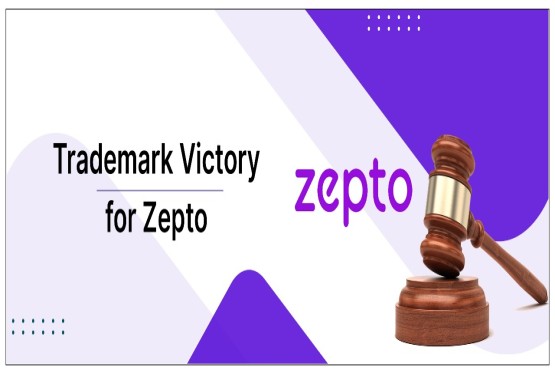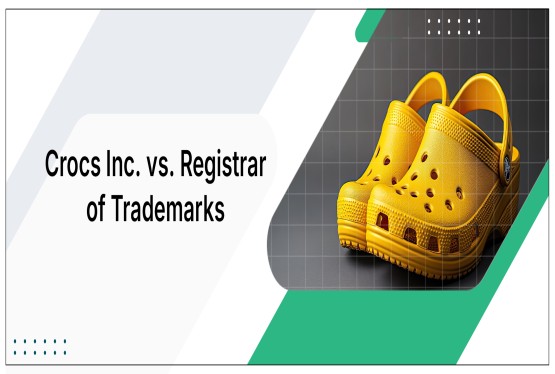Case Title
Under Armour, Inc. (Plaintiff)
vs.
Anish Agarwal & Anr. (Defendants)
Background of the Case
Under Armour, Inc. is a renowned American sportswear and lifestyle brand, globally recognized for its athletic apparel, footwear, and accessories. The company holds registered trademarks in several jurisdictions, including India. It claims substantial market goodwill, consumer recognition, and brand identity associated with its name and logo.
The defendants, Anish Agarwal & Anr., allegedly used the "Under Armour" mark or a deceptively similar mark on products or platforms targeting Indian consumers. The plaintiff initiated legal proceedings before the Delhi High Court alleging trademark infringement, passing off, and misrepresentation, seeking a permanent injunction and damages against the defendants.
This case highlights the increasing enforcement efforts by global brands to protect their intellectual property in India’s fast-growing consumer market.
Issues Before the Court
1. Trademark Infringement:
The primary legal issue was whether the defendants' use of a mark resembling "Under Armour" amounted to infringement of the plaintiff’s registered trademark under the Trade Marks Act, 1999.
2. Passing Off:
The court examined whether the defendants' activities created a false impression among consumers, suggesting a connection or affiliation with Under Armour, even if their trademark was not identical.
3. Dilution of Brand Reputation:
The court had to consider whether the use of the "Under Armour" mark by the defendants could cause dilution of the brand’s distinctiveness and harm the reputation it had built over the years.
4. Entitlement to Injunction and Relief:
The court evaluated whether the plaintiff was entitled to interim or permanent injunctive relief, and whether damages or delivery of infringing goods should be granted.
Arguments by the Plaintiff
• Ownership of Registered Trademark:
Under Armour emphasized that it holds valid and subsisting trademark registrations in India for the wordmark and stylized logos.
• Reputation and Market Recognition:
The brand submitted evidence of its global reach, marketing activities, brand partnerships, sponsorships, and presence in Indian e-commerce and retail sectors, proving its transborder reputation.
• Consumer Confusion:
The plaintiff argued that the use of an identical or deceptively similar mark by the defendants was likely to confuse and mislead the public into believing that there was an association or endorsement by Under Armour.
• Bad Faith Use:
It was alleged that the defendants adopted the mark deliberately to ride on the goodwill of the global brand.
• Prayer for Relief:
The plaintiff sought:
-
A permanent injunction to restrain the defendants from using the mark.
-
Monetary damages and cost of litigation.
-
Delivery up of infringing goods.
-
Removal of any domain names, packaging, or social media handles bearing the infringing mark.
Arguments by the Defendants
• Denial of Infringement:
The defendants possibly claimed that the mark they were using was either distinct or was not deceptively similar to Under Armour's registered trademark.
• Lack of Confusion:
They may have argued that the relevant consumer base could easily differentiate between their products and those of Under Armour, and hence no actual confusion was likely.
• No Malafide Intent:
The defense could have relied on the absence of any deliberate intention to imitate the brand or deceive consumers.
• Use of Generic Terms:
If applicable, the defendants may have asserted that the elements used in their branding were generic or descriptive and not protected.
• Challenging Market Presence:
The defendants could also argue that Under Armour did not have enough commercial presence in India at the time of their own use, thereby questioning its claim of transborder reputation.
Court’s Observations
Although the exact judgment text is unavailable at the moment, the Delhi High Court generally considers several legal principles in such cases:
• Triple Identity Test:
Whether the mark, goods/services, and consumer class are the same or closely similar, causing a likelihood of confusion.
• Reputation and Prior Use:
If the plaintiff establishes significant reputation and prior use, especially across borders, Indian courts are inclined to protect such marks.
• Good Faith:
The court assesses whether the defendant acted in good faith or adopted the mark with knowledge of the existing brand.
• Balance of Convenience and Irreparable Loss:
If the plaintiff shows that continued use by the defendant would cause irreparable harm and confusion, the court may favor injunctions.
Orders:-
The court may grant a permanent injunction, restraining the defendants from using the infringing mark on any products, packaging, advertisements, domain names, or digital platforms. Additionally, it may award damages and legal costs to compensate the plaintiff and deter future misuse, which can include exemplary damages in appropriate cases. The court can also order the destruction or surrender of all infringing goods and materials bearing the disputed trademark to prevent their circulation in the market.
Conclusion
This case is another significant example of trademark enforcement in India, especially by international companies seeking protection against unauthorized local use. It reinforces the importance of intellectual property compliance, even at a startup or distributor level.
Under Armour’s proactive legal stance highlights the growing seriousness of brand protection in India’s expanding consumer market. It also sets a precedent that courts are likely to support global brands with transborder reputation, even if they have limited physical presence in the country.






























_(b)_of_the_Trademark_Act,_1999_(1)_crop10_thumb.jpg)



_crop10_thumb.jpg)




























_crop10_thumb.jpg)
_crop10_thumb.jpg)






_crop10_thumb.jpg)








_crop10_thumb.jpg)



_crop10_thumb.jpg)





























_crop10_thumb.jpg)

















_crop10_thumb.jpg)






_crop10_thumb.jpg)












































































































































_crop10_thumb.jpg)




































_crop10_thumb.jpg)












_crop10_thumb.jpg)

























